 Ford failed. Can this man make Jaguar-Land Rover thrive?
Ford failed. Can this man make Jaguar-Land Rover thrive?
After 100 days at the helm, J-LR’s new boss has figured out the scale of his task. In his first major interview since taking over, he explains his plan to CAR editor Phil McNamara
Photography jamie beeden
Carl-Peter Forster, jaguar-Land Rover’s new overlord, has big plans for his British brands. At Jaguar, he wants to deliver a baby sports car, a small car to replace the X-type, and an expansion with four-cylinder engines. At Land Rover, he will oversee the launch of the compact LRX, implement the Range Rover’s switch to aluminium construction and mastermind the Defender’s reinvention. And on the manufacturing side, he will sign the death warrant for one British plant as he seeks to reduce costs, and recruit a partner to assemble Land Rovers in China. That’s one hell of a to do-list.
The question is, can he pull it off? Ford pumped billions into Jaguar and Land Rover, but cut its losses in 2008 by selling the brands to Tata of India. Ford was thwarted by three factors: compromised Jaguar products, like the S- and X-type; a failure to quickly shrink J-LR’s bloated British manufacturing and cost base; and punishing exchange rate losses, which at times rendered US Jaguar sales unprofitable. Under Ford, managers too often ducked critical decisions, so the brands failed to deliver the profitability essential to nourish the companies and their product ranges.  Forster’s arrival as Tata Motors CEO, along with his right-hand man Ralf Speth as J-LR chief, epitomises how things are changing under Ratan Tata. Speth replaced David Smith, who had only been CEO for 18 months. Sources say Tata acted ruthlessly to bring renowned car guys into the business. Speth, ex-BMW and Linde Group, is expert at aligning vehicle architectures and component sharing. He’ll need to be: Land Rover alone has four architectures for five models. It’s a vital objective if J-LR is to boost efficiencies and realise its wildly ambitious product plans.
Forster’s arrival as Tata Motors CEO, along with his right-hand man Ralf Speth as J-LR chief, epitomises how things are changing under Ratan Tata. Speth replaced David Smith, who had only been CEO for 18 months. Sources say Tata acted ruthlessly to bring renowned car guys into the business. Speth, ex-BMW and Linde Group, is expert at aligning vehicle architectures and component sharing. He’ll need to be: Land Rover alone has four architectures for five models. It’s a vital objective if J-LR is to boost efficiencies and realise its wildly ambitious product plans.
‘Jaguar and Land Rover are strong and attractive brands, but they don’t yet cover all the premium segments. We don’t even have a full engine line-up. There are so many growth opportunities,’ says Forster, who made his reputation at BMW before leading Vauxhall/Opel’s product renaissance.
Tata is expected to pump Rs 4,319 crore into J-LR over the next five years, as
it invests in facilities, new engines, technologies such as hybrids, and new models.
Forster wryly refers to the ‘famous’ second sports car – a much reported, on/off project which began under Ford as the F-type roadster – and confirms: ‘We’re looking at some clay models, and we’re in dialogue with [designer] Ian Callum. We like the idea, but we have to tweak it here and there.’ The company is also exploring a ‘small Jaguar’ to replace the X-type, four-cylinder engines for the XF and an estate bodystyle.
The existing Ford/PSA 2.2-litre diesel four will fit in a north-south Jaguar application, but ultimately Forster would like to replace this with an engine developed by J-LR and Tata. ‘We would like a premium gasoline and diesel four-cylinder engine for Jaguar and Land Rover, assembling both on the same line to meet variable demand. We’re looking into whether you can have a base version for India, and a premium version for J-LR.’
The 2013 Range Rover and Sport will become much lighter, by tapping into Jaguar know-how. ‘We have a tremendous asset with Jaguar’s aluminium technology and we intend to use it at Land Rover,’ confirms Forster.
In a happy accident, Range Rover has become a luxury 4×4 brand somewhat apart from Land Rover, an initiative Forster and Speth intend to formalise. Next year’s introduction of the LRX production car will enhance the Range Rover stable. And news that it will be available with front-wheel drive underlines Speth and Forster’s view
f Range Rover’s on-road/off-road bias, with the reverse applying to Land Rover. The team will also explore any gap beneath LRX, or between LRX and Range Sport, in preparation for a fourth Range Rover.
Land Rover’s future is not yet as clear as Range Rover and Jaguar’s. ‘The Land Rover product portfolio is the last big decision we are reviewing. With Defender, we have to rethink the whole line-up,’ says Forster. ‘We believe the market’s big enough to warrant a replacement, but we’re not sure exactly how to do it.’
J-LR has launched Project Icon, which will re-establish Land Rover’s DNA as it develops the 2014 replacement for the 1948 original. If Range Rover is luxury, Land Rover is utility – practical, rugged 4x4s for work, the military or play. If Land Rover does reassert its roots in this way, today’s refined Discovery will become a different beast.
The Defender has only one per cent of the 3m-unit utility 4×4 market, because its high assembly costs make it too costly in emerging markets. One of Speth’s greatest challenges will be to unlock a rugged, cost-effective architecture: could the genius of Tata’s smartly engineered, low-cost Nano be deployed in developing the next Defender…?
Land Rover’s murky future has held up the verdict on which West Midlands plant will close – Castle Bromwich or Solihull. David Smith started this process, a move Forster endorses. ‘We will make the decision this year. The manufacturing strategy has to follow the product strategy and we have to get that right.’ He adds: ‘This is not about getting rid of people: we want one very efficient facility, rather than two less efficient ones. In fact, we could employ more people in future, if we are successful and grow.’
The company has been attacking its cost base since the economic crisis struck. Boosting each model’s profitability will help mitigate the foreign exchange risk that neutered J-LR sales under Ford,
s will the significant news of overseas
ar assembly.
‘We’re going to set up a production facility in China. It’s necessary to overcome the tax [burden on imported cars] and to become a more powerful player there,’ says Speth. The plant, which will initially assemble up to 20,000 Freelanders and probably LRXs, is a couple of years away; a similar facility will precede it in India. Parts will be shipped from the UK. ‘We need a Chinese partner and we have interested parties. It will drive overall success: increased showroom traffic will attract more dealers and push more volume across all the model lines,’ Speth adds.
J-LR sneaked back into the black in the 2009-10 financial year, turning the first six months of losses into a Rs 21.5-crore profit. Can Forster and Speth sustain this momentum?
he industrial logic is sound: cut costs, clean up the platform chaos, shrink the manufacturing footprint, tap emerging markets and assemble there to provide a natural hedge against currency fluctuations. The other critical element is smash hit products: there’s a lot resting on the chunky shoulders of the 2011 LRX, and new XJ, to deliver. But if all these planets align, J-LR might generate the cash to fund its new model expansion.
Jaguar and Land Rover have recently created great cars in spite of limited resources, a triumph of engineering talent over structural inefficiency. Now it’s up to Forster to create the platform for sustained profitability, and a broader range of cars, to banish the Ford nearly-man era once and for all.
inside story FORSTER’S 10-POINT PLAN FOR Jaguar-Land Rover
FORSTER’S 10-POINT PLAN FOR Jaguar-Land Rover
Brand shake-up
‘We are developing a strategy for three brands: Range Rover with its unbelievable product, Land Rover with the asset of the Defender, and Jaguar.’
 More platform sharing
More platform sharing
‘We have a tremendous asset with
aguar’s aluminium technology and we intend to use it at Land Rover.’ So 2013 Range Rover and resultant Sport drop
20 per cent in weight.
 All-new Defender
All-new Defender
‘There’s a broader future for the Defender. Currently it’s too expensive for emerging markets. If we do it again, we have to make it more affordable.’
 Baby Jag
Baby Jag
Sub-XF hatchback also on the drawing
oard. ‘There’s a tremendous
pportunity within Jaguar: a small
aguar, the second sports car –
we are looking into them.’
 Two
Two
UK plants
ecome one
Either the Solihull Range Rover plant or Castle Bromwich XJ plant will close mid-decade. ‘This is not about getting rid of people: we want one very efficient facility,
ot two less efficient ones.’
Chinese and Indian assembly
J-LR will have assembly plants in two key emerging markets within three years. ‘We will sell one or two mainstream products, and the rest will be imported. It’s incremental volume. The UK manufacturing base will benefit.’
Two-wheel drive LRX
‘It’s a rational decision. There’s an urban audience that would like our design,
nteriors and command seating position,
ut would hardly use 4wd. We need
n option for these customers.’
 Hybrids
Hybrids
‘The industry is experimenting with hybrids, or shall we say the interaction between electric motors and the combustion engine which can vary so much. We have two hybrids in development.’
Four-cylinder Jags
Freelander’s 2.2-litre diesel will be used north-south in the XF; dream ticket is to replace it with an in-house gasoline and diesel four, co-developed with Tata
 Small Jag sports car
Small Jag sports car
Sub-XK roadster is officially underway: ‘We are looking at some clay models, and we’re in dialogue with designer Ian Callum.’ The start of a Porsche-style family of V6 sports cars to support XK, as Boxster and Cayman support 911.






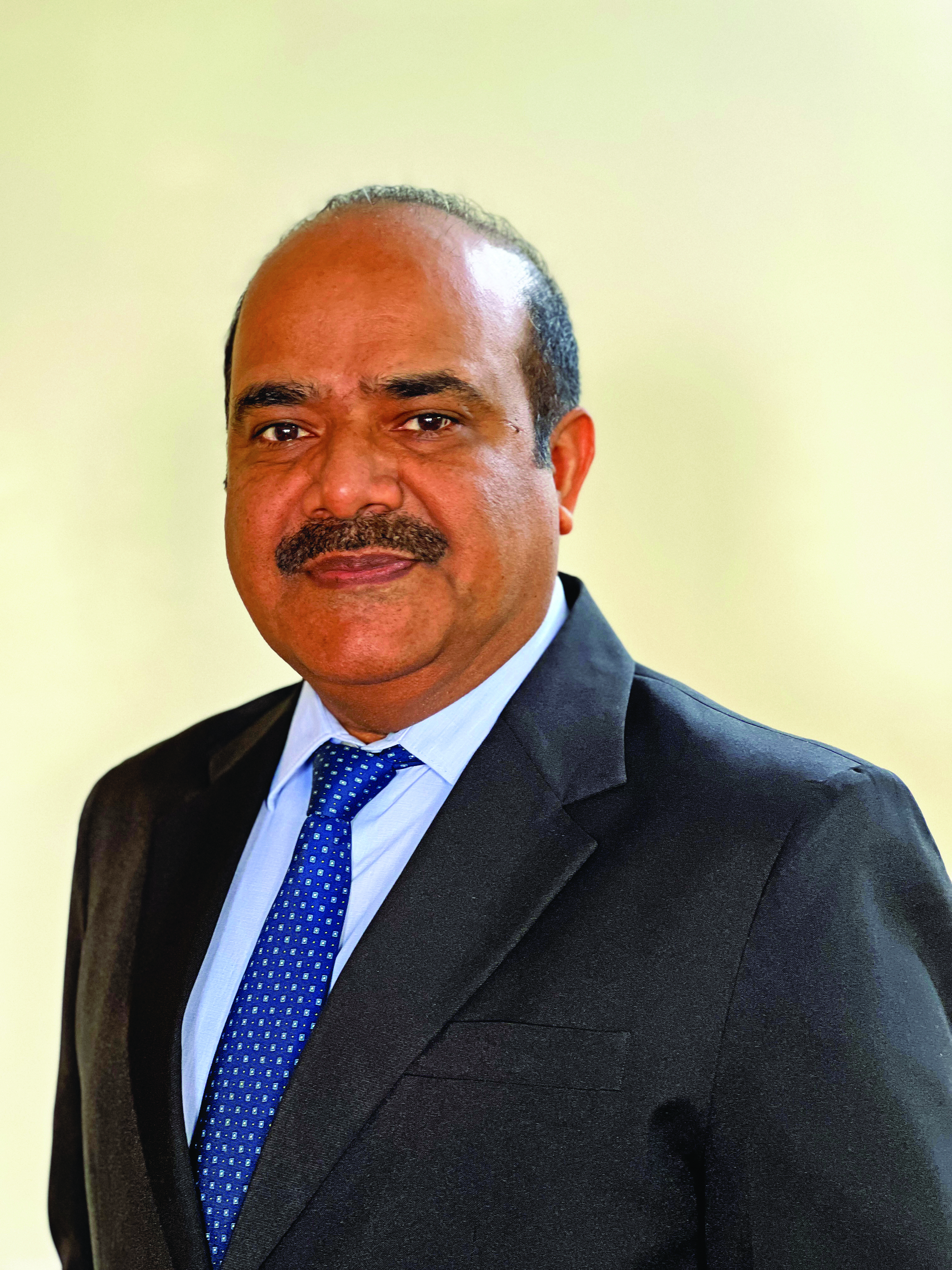
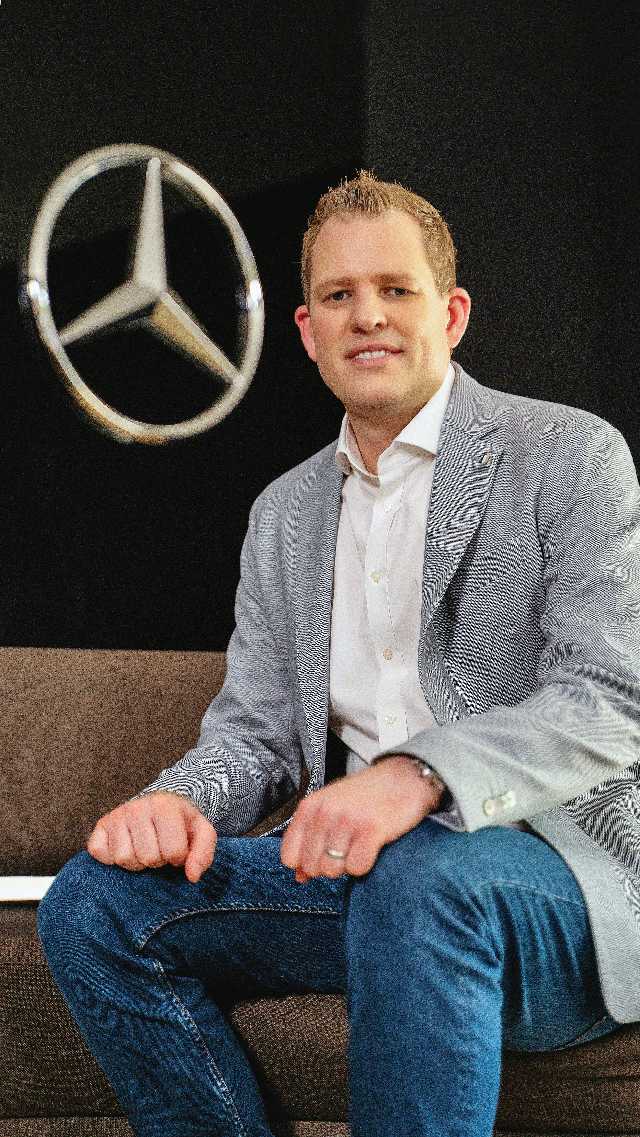
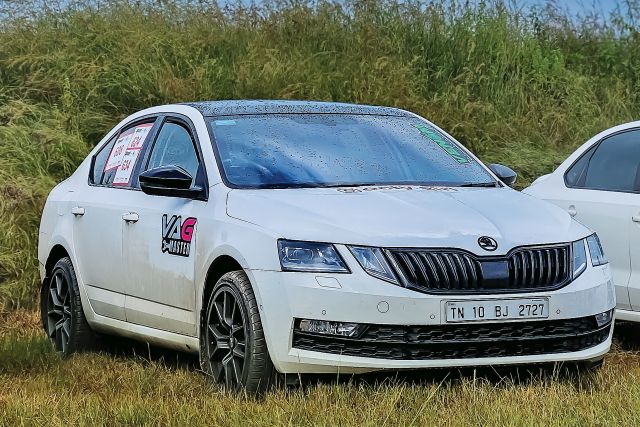
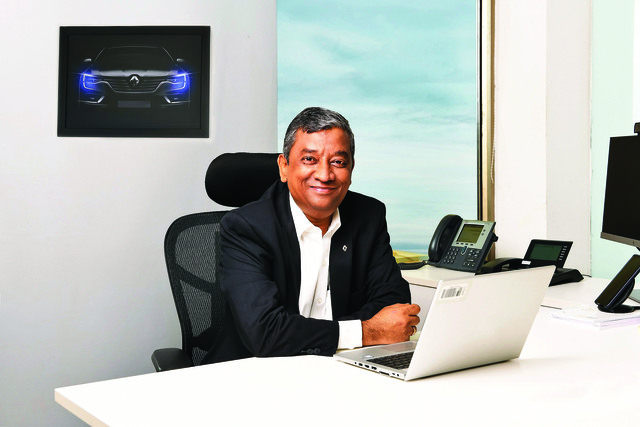
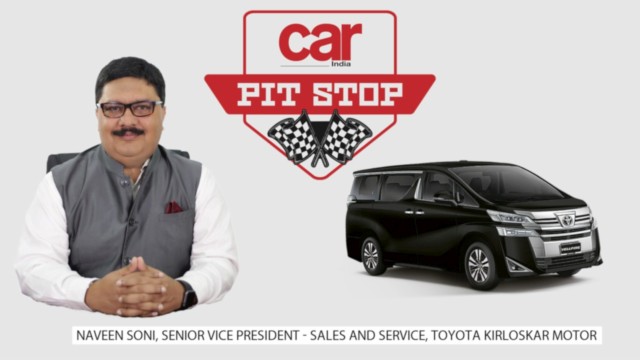

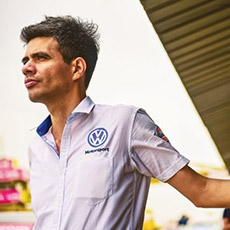
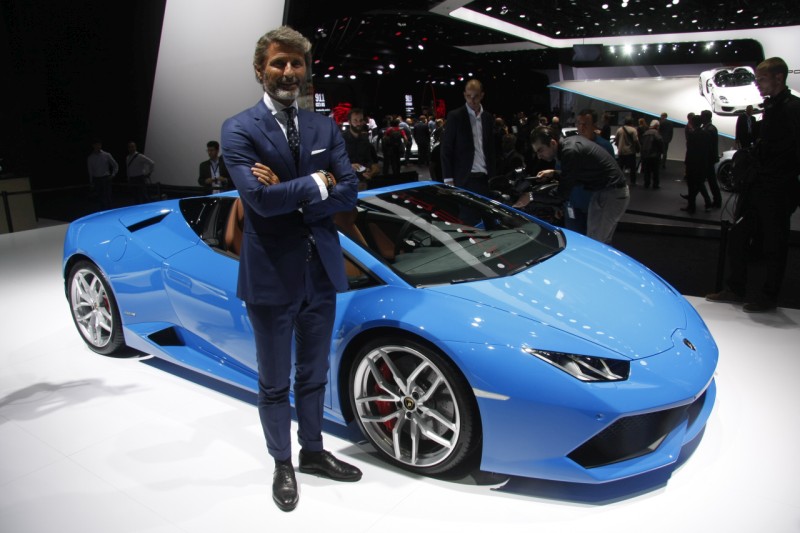




Leave a Reply